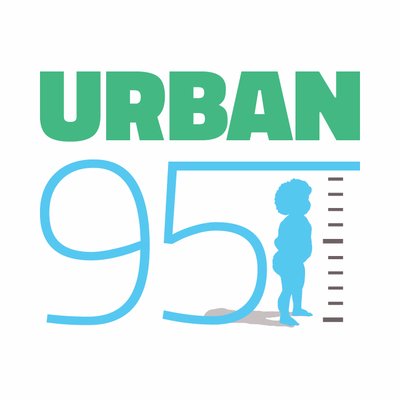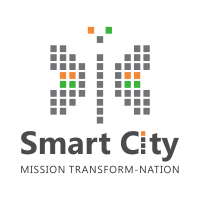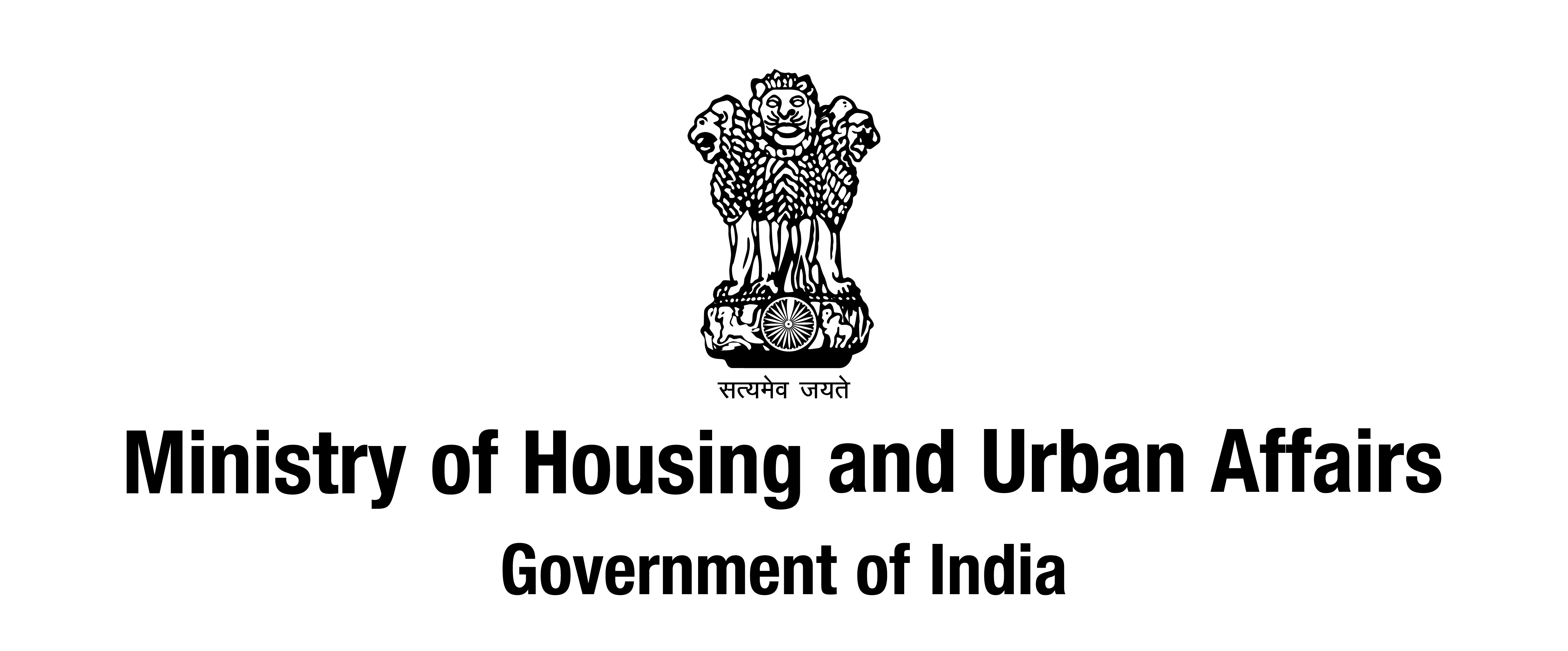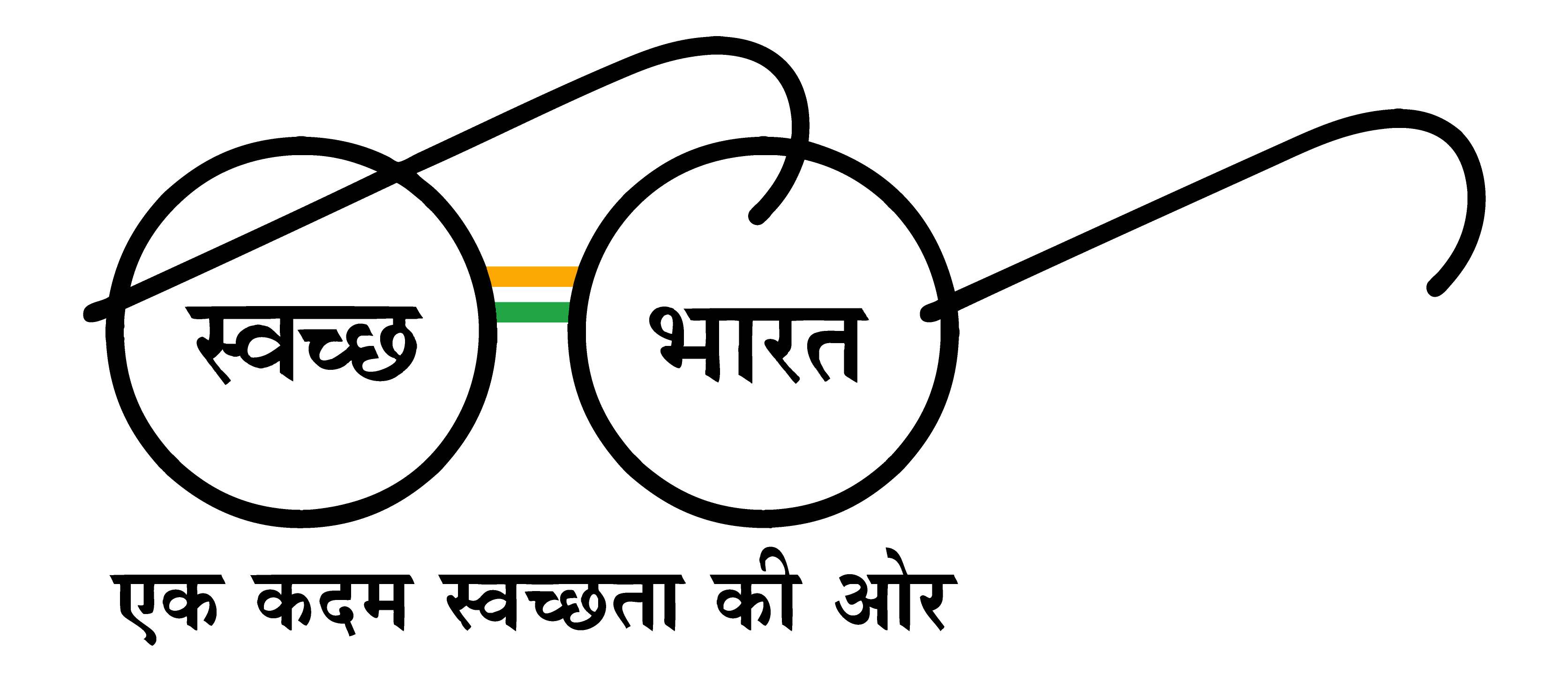FAQs
The Challenge is open to all Indian cities with population above 5 lakhs, Smart Cities, and capitals of States/Union Territories.
The Challenge is a two-tier engagement process. In the first stage, 20 cohort cities will receive technical support and capacity building over six months to do tactical trials and pilots related to development of streets, public spaces, parks and gardens, playgrounds, etc. In the second stage, 10 winning cities will get technical support for two years from WRI India, supported by BvLF, to prepare and implement early childhood oriented projects in the public realm and long-term policy and institutional changes which would contribute towards enhancing quality of life of 0 to 5-year-old children in the city. Key Government officials involved in the project will also receive capacity building through the period, which includes peer-to-peer learning workshops, interaction with experts, study material and study tours.
If multiple agencies from the same city are interested in applying to the Challenge, they need to come together to form partnerships. As public domain normally interfaces with multiple Government and other stakeholders, it is important that applicants have a plan for how they will engage, seek input and secure buy-in from as many groups as possible.
Other stakeholders such as NGOs/ civic groups/ experts and researchers working within the domain of early childhood development and who are interested in getting involved with the Challenge can contact the team via challenge website. The team will help you find opportunities within the cities to collaborate with the applying government agencies.
Most projects will fall under the broad categories of public space, mobility, access to services, and neighbourhood planning via data-driven decision making related to young children and their families.
Make streets safe and walkable- Ensuring safe and comfortable non-motorised movement of young children and their caregivers by improving pedestrian footpaths and service levels, making playful streets and traffic calming; reducing air and noise pollution and enhancing emergency preparedness in street design. Projects might also involve child-oriented programming and temporal activities (e.g. Raahgiri, play streets, etc.
Reimagine public open spaces for play and interaction- Enhancing public parks, gardens, open spaces, and residual spaces with dedicated and semi-dedicated areas for age-appropriate play for young children, connection to nature, and opportunities for caregivers to engage in social and physical activities. Along with physical improvements cities can also consider programming activities in these spaces such as communications campaigns, public events, and group based activities.
Adapt public spaces with early childhood amenities- Making public spaces and outdoor environments more welcoming, comfortable, and healthy for young children and their families, by incorporating infrastructure solutions such as nursing cabins, gender-sensitive restrooms, signage and clean drinking water. Public spaces may also include bus terminals, bus stops, markets, chowks, melas, and similar.
Improve access to early childhood services- Enhancing the immediate surroundings of early childhood development facilities such as anganwadis and public health centers, through improved mobility options, opportunities to play and rest, clustering of facilities and multi-functionality of spaces. To support physical improvements, cities may also plan public events, programming, and communications campaigns aimed at increasing the use of improved social infrastructure, especially by populations in slums and informal settlements.
To identify and select potential sites for project implementation, cities are urged to adopt a data-oriented approach to understand where infants, toddlers and caregivers are already present in the city and where there is high utilization of a space/street/service by these groups. Projects might also involve targeting spaces/streets/services that are designed with these groups in mind or have high potential to address their needs, but have been underutilized by infants, toddlers, and their caregivers on account of barriers that can be mitigated through an intervention. Additionally, cities may look at areas with vulnerable population (e.g. in and around slums, informal settlements)
Required commitments from the Administrative Head in charge of the applicant agency include: 1) Validation of the submission; 2) Undertaking to identify funding and coordination towards implementation of pilots; and 3) Commitment to implement pilots.
Yes. Applicants should have identified sources of funding and be willing to provide an undertaking to identify funding for implementation of projects.
Applicants are welcome to submit additional, relevant material to strengthen their application. Supplementary materials might include project designs, photos, policy documents, letters of support, etc. However, applicants will not be penalized if they do not attach supplementary materials. The application form contains all the required information that is crucial to the selection process.
Support and guidance to fill the application will be provided to all applicant cities through- (a) Hand-holding webinar series to provide guidance on the application. (b) Helpdesk – Cities may contact the helpdesk for support and assistance regarding the application process via email and phone. (c) Application Resource Kit including compilation of best practices, project formulation guidance and quick start guide for the online application.
The online application will be launched on November 1, 2020 and the last date for submissions is February 7, 2021. The cohort of up to 20 cities will be selected and announced on February 16, 2021. Any change in dates will be communicated to the cities.
.png)

.png)




